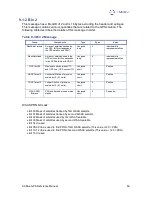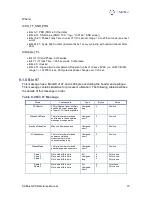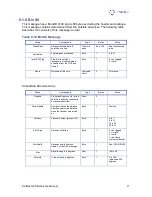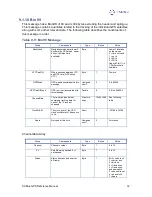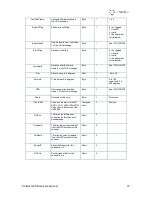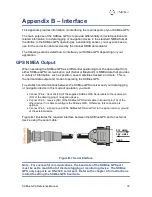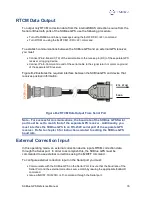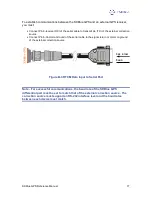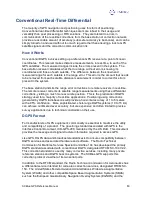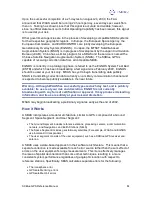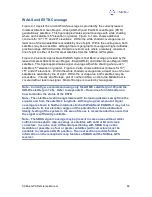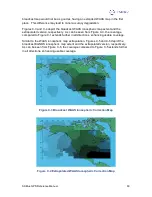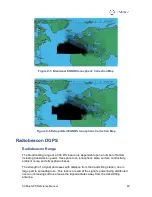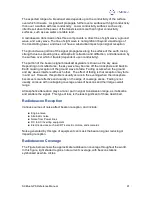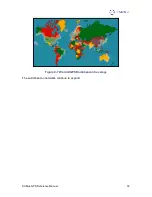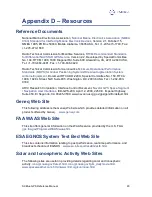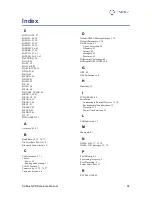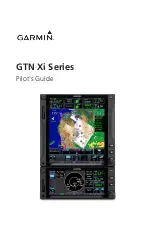
SXBlue GPS Reference Manual
80
Conventional Real-Time Differential
The majority of GPS navigation and positioning uses this form of positioning.
Conventional real-time differential techniques are more robust in their usage and
versatility than post processing or RTK solutions. They are tolerant to errors in
communication of the real-time corrections from the base station or correction network,
provide a reasonable amount of accuracy (sub-meter accuracy is best-case), and can be
simply turned on and used without too much regard other than ensuring a lock to GPS
satellite signals and the correction communication link.
How it Works
Conventional DGPS involves setting up a reference GPS receiver at a point of known
coordinates. This receiver makes distance measurements, in real-time, to each of the
GPS satellites. The measured ranges include the errors present in the system. The
base station receiver calculates what the true range, without errors, knowing its
coordinates and those of each satellite. The difference between the known and
measured range for each satellite is the range error. This error is the amount that needs
to be removed from each satellite distance measurement in order to correct for errors
present in the system.
The base station transmits the range error corrections to remote receivers in real-time.
The remote receiver corrects its satellite range measurements using these differential
corrections, yielding a much more accurate position. This is the predominant DGPS
strategy used for a majority of real-time applications. Positioning using corrections
generated by DGPS radiobeacons will provide a horizontal accuracy of 1 to 5 meters
with a 95% confidence. More sophisticated, short-range DGPS systems (10 to 15 km)
can achieve centimeter-level accuracy, but are expensive and often limited to precise
survey applications due to technical constraints on their use.
DGPS Format
For manufacturers of GPS equipment, commonality is essential to maximize the utility
and compatibility of a product. The governing standard associated with GPS is the
Interface Control Document, ICD-GPS-200, maintained by the US DoD. This document
provides the message and signal structure information required to access GPS.
Like GPS, DGPS data and broadcast standards exist to ensure compatibility between
DGPS services and associated hardware and software. The Radio Technical
Commission for Maritime Services Special Committee 104 has developed the primary
DGPS standard associated with conventional DGPS, designated RTCM SC-104 V2.2.
This correction standard is used by many correction services, including many private
reference stations and DGPS beacon systems. The SXBlue GPS supports this
correction protocol via either of its two serial ports.
In addition to the RTCM standard, the Radio Technical Commission for Aeronautics has
a differential service intended for wide area correction services, designated RTCM SC-
159. The United States Federal Aviation Administration’s Wide Area Augmentation
System (WAAS) and other compatible Space Based Augmentation Systems (SBAS)
such as the European Geostationary Navigation Overlay System (EGNOS) and the

